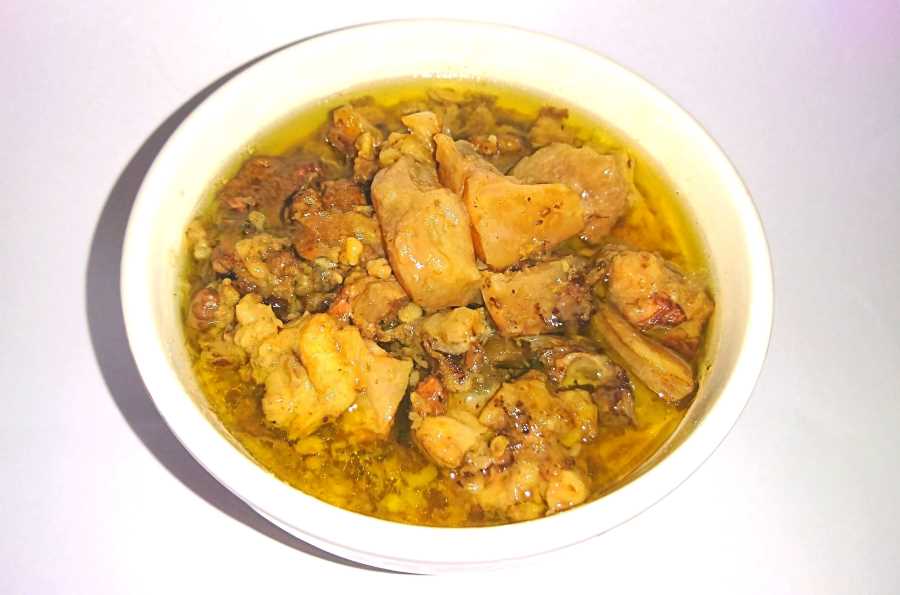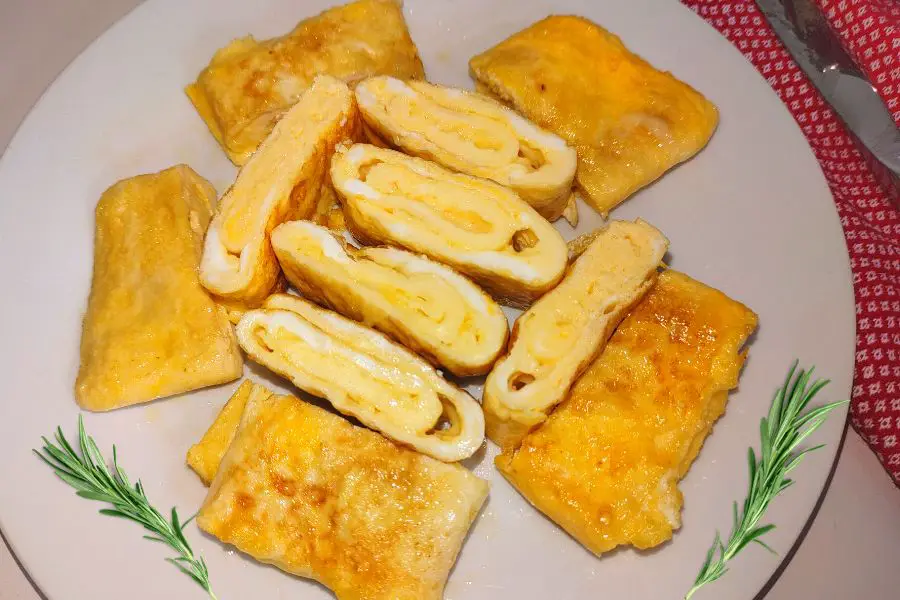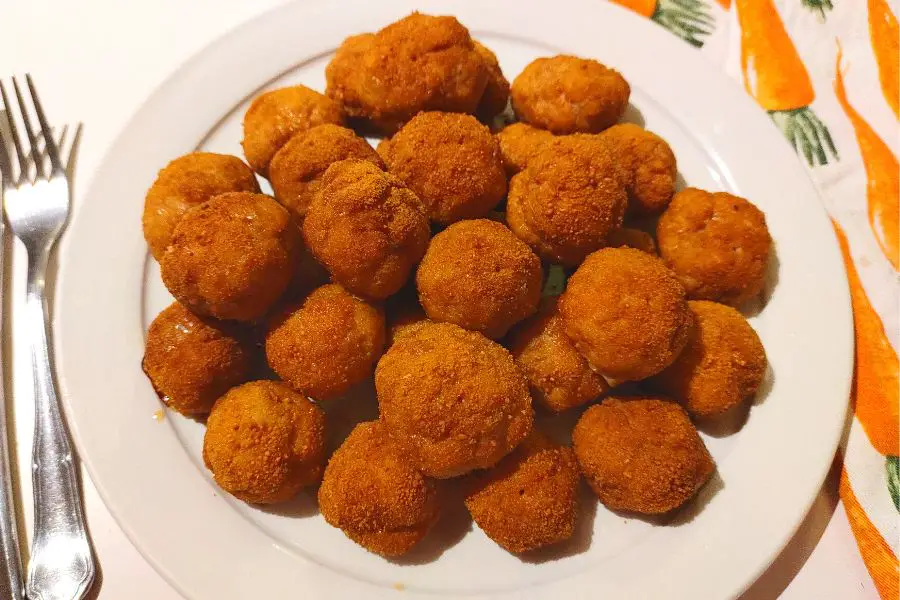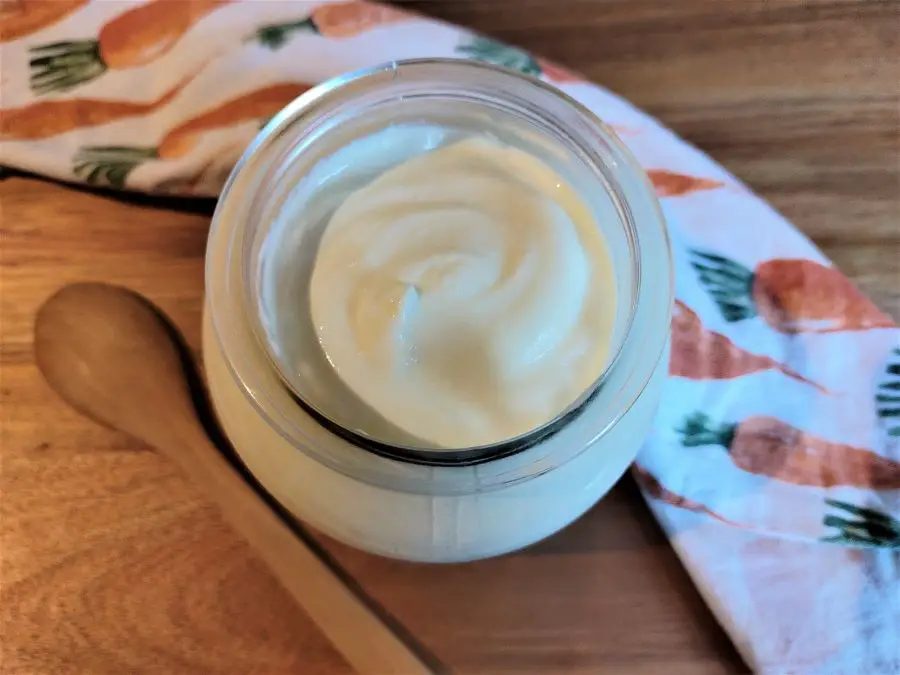Beef tendon is one of the best sources of collagen and this post will show you how to make both carnivore beef tendon stew and carnivore-ish beef tendon stew with very few seasonings needed.
Beef tendon nutrition and health benefits
Beef tendon is mostly made up of a protein called collagen. It is not very common in Western diets but is frequently used in Asian cuisines (e.g. Japanese, Chinese, Vietnamese and Korean) in stew and soup recipes.
Beef tendon is the connective tissue that connects bones and muscles in cows. It is very tough and requires hours of cooking to become chewable. Although high in protein and low in fat, beef tendon has a fatty and gelatinous texture and a mild flavor.
Like other carnivore food that is rich in collagen, beef tendon is great for skin, hair, nail and joint health. This is because your body needs collagen for growing and repairing those very tissues.
While your body is good at producing sufficient collagen to replenish broken-down collagen when you are young, as you age, its ability to produce collagen begins to decline.
Therefore, as you get older, it’s important to make sure that you regularly eat collagen-rich food.
If you don’t eat pork, you’ll be missing out on pork belly and pork rind, which are other good sources of collagen as well. In this case, beef tendon can be a great way to add more collagen to your diet.
While there are collagen supplements on the market that you can take, nothing beats eating real, fresh and unprocessed food.
Carnivore beef tendon stew recipe
Ingredients
- 1 lb (0.45kg) beef tendon
- ½ tsp sea salt
- 1½ cups bone broth
Instructions
- Slice beef tendon into bite size
- Heat a heavy-based pot (e.g. a Dutch oven or cast iron pot) until very hot but not burning
- Add beef tendon and salt. Stir regularly to prevent the tendon from sticking to the bottom. Cook till the tendon is well-browned
- Add bone broth, bring to boil, reduce heat to low and let simmer for 8 hours or till the tendon is soft and gelatinous. Use a pot with well-fitted lid so the juice doesn’t evaporate. If not, check regularly and add more broth if needed to prevent drying out.
Carnivore-ish beef tendon stew recipe
Ingredients
- 1 lb (0.45kg) beef tendon
- ½ tsp sea salt
- ½ chopped brown onion
- 2 crushed garlic cloves
- ¼ tsp dried ginger powder
- 1½ cups bone broth
Instructions
- Slice beef tendon into bite size
- Heat a heavy-based pot (e.g. a Dutch oven or cast iron pot) until very hot but not burning
- Add beef tendon, onion and other seasonings. Stir regularly to prevent the tendon from sticking to the bottom. Cook till the tendon is well-browned and onion is caramelized
- Add bone broth, bring to boil, reduce heat to low and let simmer for 8 hours or till the tendon is soft and gelatinous. Use a pot with well-fitted lid so the juice doesn’t evaporate. If not, check regularly and add more broth if needed to prevent drying out.
There are many Asian-inspired beef tendon recipes out there that call for a lot of seasonings like soy sauce, chili oil, rice vinegar, sesame oil, bay leaf, curry powder, and sugar that I’m not a fan of. So I’ve experimented with just a few basic seasonings above and it still tastes wonderful.
You can also substitute half the tendon for beef dice and make a melt-in-your-mouth beef and tendon stew.
The importance of browning
Please note, browning the tendon well is important in these recipes.
Because there are only a few seasonings in these recipes, browning the tendon well will give the tendon stew a brownish color and a richer flavor.
When meat is heated at a high temperature, the natural sugar and amino acids present in the meat will undergo a chemical reaction called the Maillard reaction, and cause the release of complex flavors and aromas that is not possible to achieve with a low stewing temperature.
This is also the reason for searing a steak on high heat to create a delicious crust. Low heat will give you an unappetizing grey steak that doesn’t taste as nice.
Here are a few tips on how to brown meat in general:
- Use a heavy-based pot for even heating and maximum heat retention
- Preheat the pot before you begin to brown. The meat needs to start browning as soon as it hits the pot otherwise it will begin to release the juice
- Ensure the meat is dry because wet meat won’t brown. Moisture makes the beef stick to the pan, pot or grill, particularly if the pan or pot is not sufficiently hot. If taking meat from a marinade, drain any excess liquid before browning
- Don’t overcrowd the pot or pan nor use one that is too big. Overcrowding reduces the heat, causing the beef to stew in its own juices. If the pan is too big, the juices will burn in the areas where the meat doesn’t cover them.
However, a note on the adverse effect of browning is that some chemicals are formed when meat is cooked at a high temperature.
Chemicals such as heterocyclic amines (HCA) and polycyclic aromatic hydrocarbons (PAH) have been found to be mutagenic in animal studies. That is they cause changes in DNA that may increase cancer risks.
Although population studies have not found any association between dietary exposure to the above chemicals and cancer in humans and the FDA has no guidance on the consumption of foods containing HCA and PHA, it’s best to avoid eating a lot of meat cooked at high temperature, exposed to an open flame or burned.
This is the beef tendon that I got from the butcher that has a lot more meat than usual
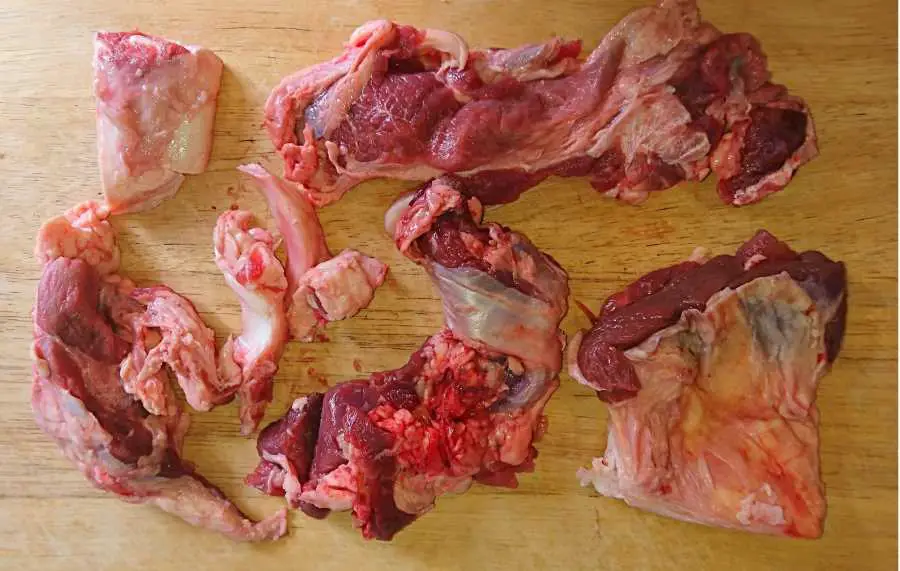
Slice the tendon into bite size
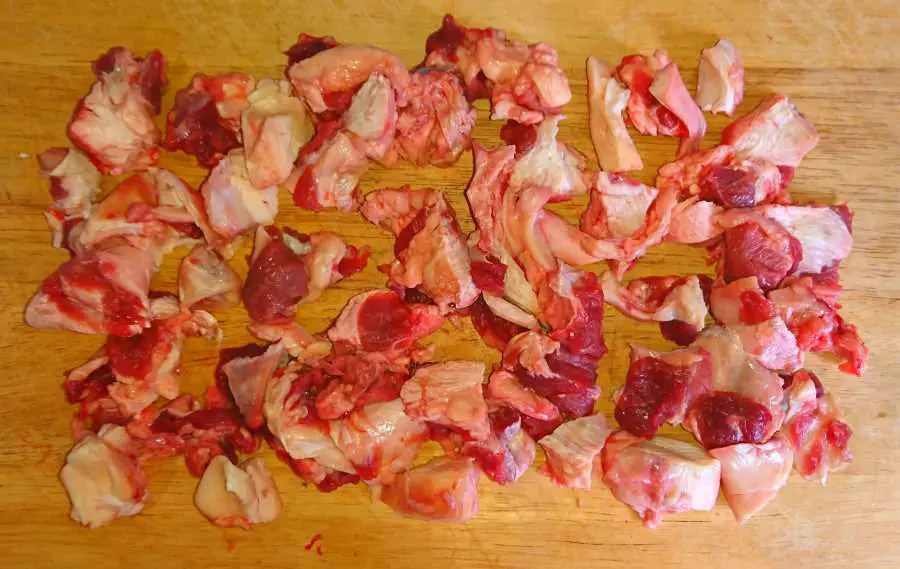
Add beef tendon and seasonings to a heated heavy-based pot
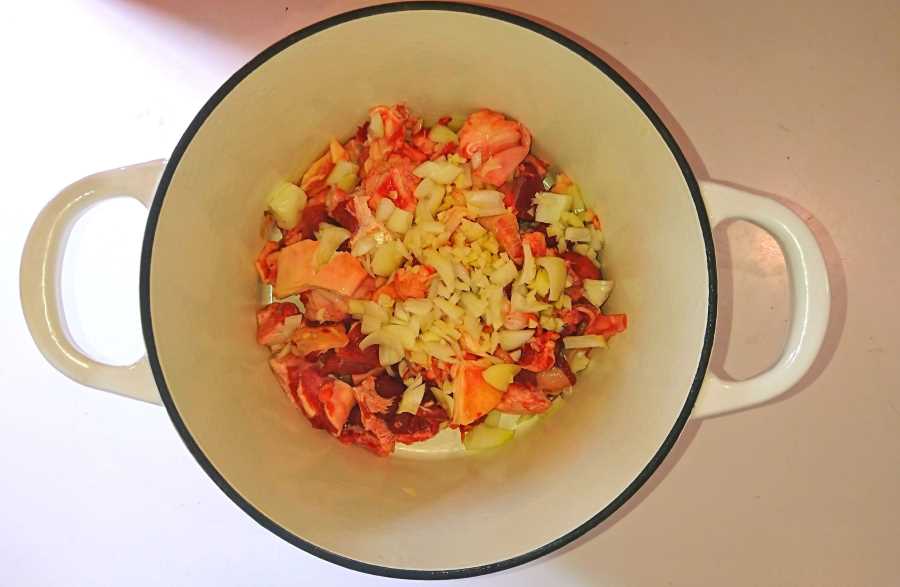
Brown the tendon on high heat then add bone broth and simmer for 8 hours or until soft
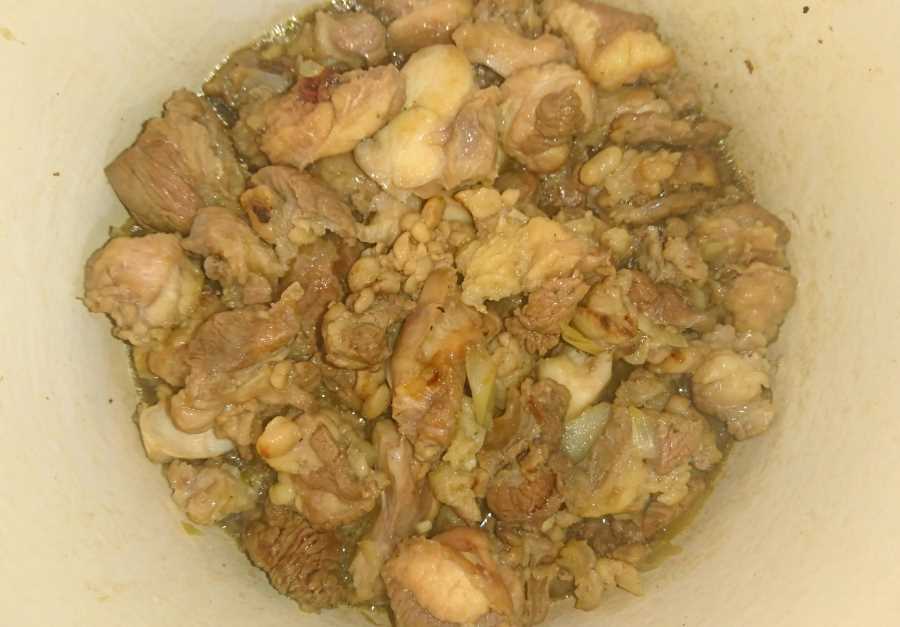
Here is a bowl of delicious melt-in-your-mouth beef tendon stew that would go well after a lean steak
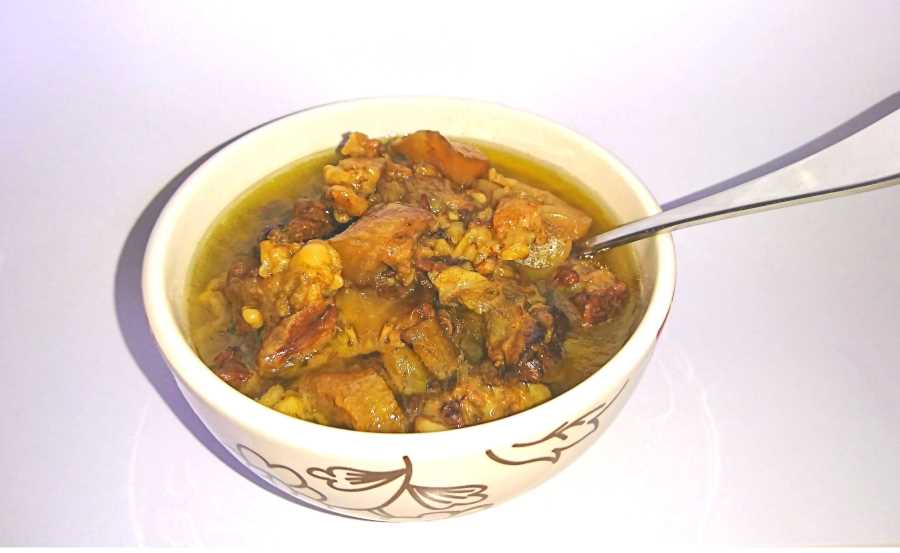
Please check out my other carnivore diet recipes in the recipe library here which is updated regularly.
References
How to Cook Beef Tendon for Soup and Ultra Rich Broth
Beef Tendon Nutrition and Tasty Recipes
Slow Cooker Chinese-style Beef Tendon
Heterocyclic amines: Mutagens/carcinogens produced during cooking of meat and fish
Chemicals in Meat Cooked at High Temperatures and Cancer Risk
Disclaimer: The information in this post is for reference purposes only and not intended to constitute or replace professional medical advice. Please consult a qualified medical professional before making any changes to your diet or lifestyle.

